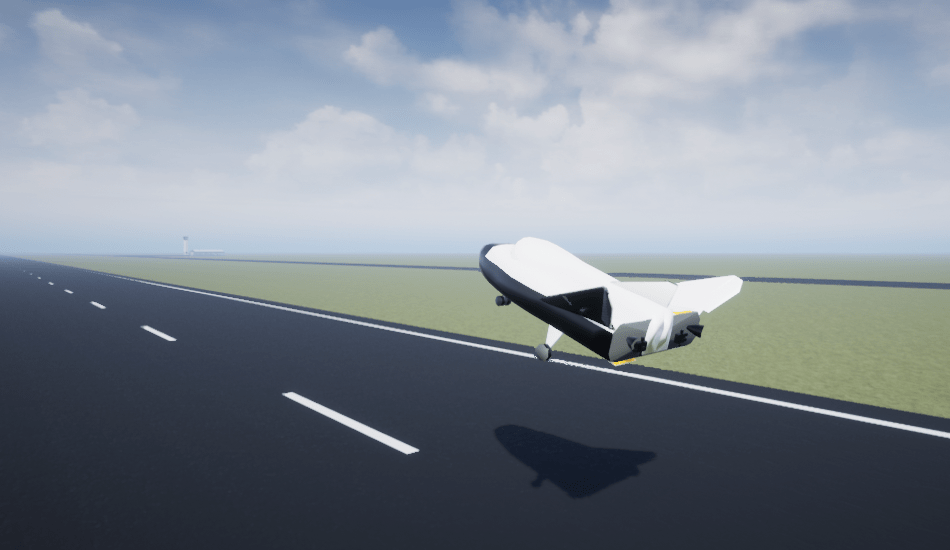Aerodynamic Forces and Moments
Compute aerodynamic forces and moments using aerodynamic coefficients, dynamic pressure, center of gravity, center of pressure, and velocity
Libraries:
Aerospace Blockset /
Aerodynamics
Description
The Aerodynamic Forces and Moments block computes the aerodynamic forces and moments about the center of gravity.
The Aerodynamic Forces and Moments block port labels change based on the coordinate system selected from the Input axes, Force axes, and Moment axes list.
Limitations
The default state of the block hides the Vb input port and assumes that the transformation is body-body.
The center of gravity and the center of pressure are assumed to be in body axes.
While this block has the ability to output forces and/or moments in the stability axes, the blocks in the Equations of Motion library are currently designed to accept forces and moments in either the body or wind axes only.
Ports
Input
Output
Parameters
Algorithms
Let α be the angle of attack and β the sideslip. The rotation from body to stability axes:
can be combined with the rotation from stability to wind axes:
to yield the net rotation from body to wind axes:
Moment coefficients have the same notation in all systems. Force coefficients are given below. Note there are no specific symbols for stability-axes force components. However, the stability axes have two components that are unchanged from the other axes.
| Components/Axes | x | y | z |
|---|---|---|---|
| Wind | CD | CC | CL |
| Stability | — | CY | CL |
| Body | CX | CY | CZ (–CN) |
Given these definitions, to account for the standard definitions of D, C, Y (where Y = -C), and L, force coefficients in the wind axes are multiplied by the negative identity diag(-1, -1, -1). Forces coefficients in the stability axes are multiplied by diag(-1, 1, -1). CN and CX are, respectively, the normal and axial force coefficients (CN = -CZ).
References
[1] Stevens, B. L., and F. L. Lewis, Aircraft Control and Simulation, John Wiley & Sons, New York, 1992
Extended Capabilities
Version History
Introduced before R2006a


